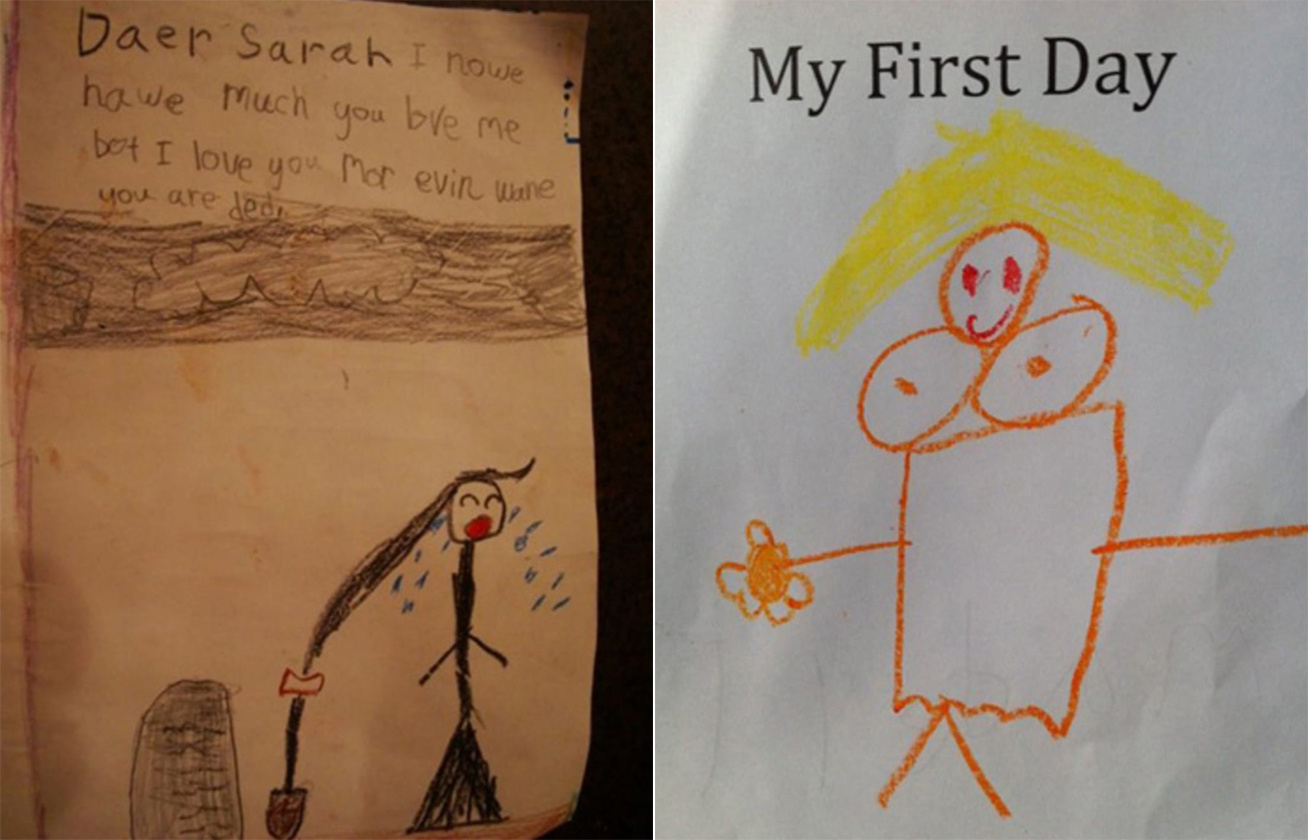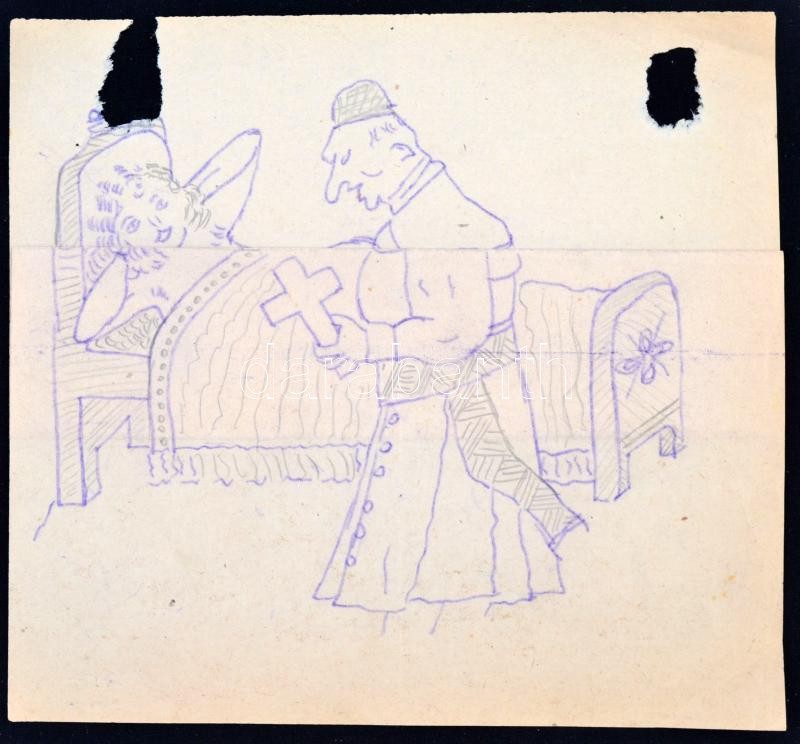
THE ART OF EROTICA - ritka nyomat - 18. éven felülieknek ! - Kép, grafika | Galéria Savaria online piactér - Vásároljon vagy hirdessen megbízható, színvonalas felületen!

Pólya Tibor Pajzán jelenet - Festmény | Galéria Savaria online piactér - Vásároljon vagy hirdessen megbízható, színvonalas felületen!

Vogel Erik /1907-1996/ vidám, erotikus/pajzán rajza 4. - Kép, grafika | Galéria Savaria online piactér - Vásároljon vagy hirdessen megbízható, színvonalas felületen!







![Weöres Sándor: Priapos. [Pajzán versek] - Vatera.hu Weöres Sándor: Priapos. [Pajzán versek] - Vatera.hu](https://p2-ssl.vatera.hu/photos/68/36/weores-sandor-priapos-pajzan-versek-072c_4_big.jpg?v=6)










